Cartier’s new high jewelry collection is not a new chapter in the Voyage Recommencé – the name the Parisian Maison has given to its recent collections – but the approach remains the same. In Nature Sauvage, Cartier is once again looking at its heritage, roots, style and history. The creations should be appreciated from a whole new angle, with remodeled concepts, inspirations extended within territories and a new facet of a well-established aesthetic.
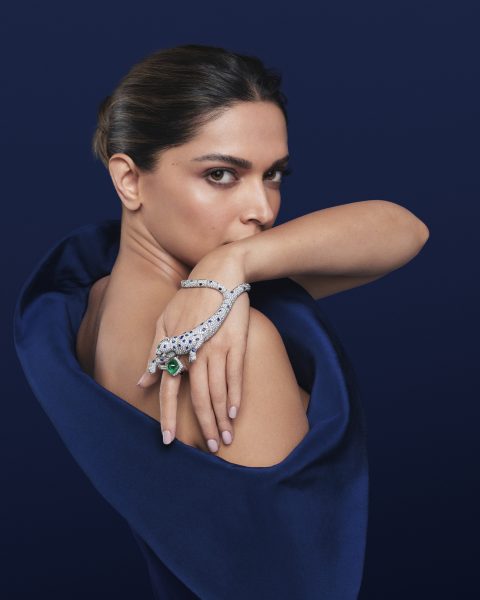
They are magnificently expressive through their articulated style that gives them a remarkably supple and lightweight feel, through the diamonds and exceptional stones, and through the stories they tell. They are quite simply spellbinding.
Bringing modernity to the Cartier bestiary
Dubbed Nature Sauvage, the corpus of new creations reveals the Maison‘s familiar animals. “It’s a new take on the Cartier bestiary. To surprise, challenge and add a touch of modernity through unexpected encounters” says Jacqueline Karachi, Creative Director of High Jewelry.
Predictably, the panther dominates this unique animal gallery. With its body taut and ready to pounce, the feline softly strides across the Panthère des Glaces necklace, a mosaic of kite-cut diamonds surrounded by rock crystal borders. Fiercely guarding its precious ice floe of light, the panther ventures forward with its piercing emerald eyes. You are left wondering which prodigious jeweler has so masterfully reproduced its wild cat expression, with all its senses seemingly alive. Elsewhere, on the Panthère Jaillissante bracelet-ring – perhaps the most original creation of them all – the body of the cult animal stretches to infinity, embracing the wrist, hand and finger all at once. This spellbinding jewel with a touch of the Orient is set with a superb sugarloaf cut Zambia emerald of over 8 carats.
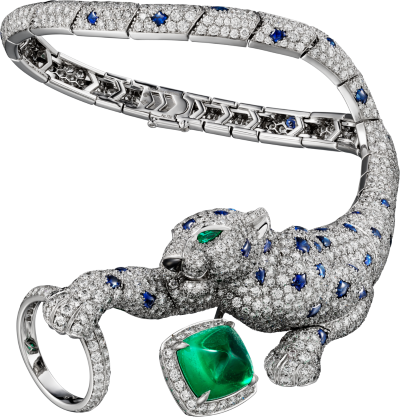
Iconic and historic animals
What else can be found in this precious bestiary? A turtle hides in the falling motifs of the Mochelys necklace and detaches itself to become a brooch.
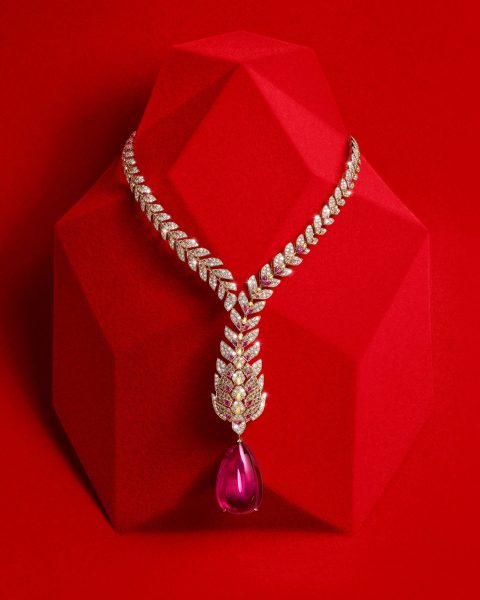
Its round and voluminous shell recall the Tortue watch with its double curve invented by Cartier in 1912, or the dial of the Rotonde watch set with 1,167 tiny tesserae of stones to create a mosaic turtle. Here, it holds a sublime 71.90-carat drop of pink tourmaline in its beak.
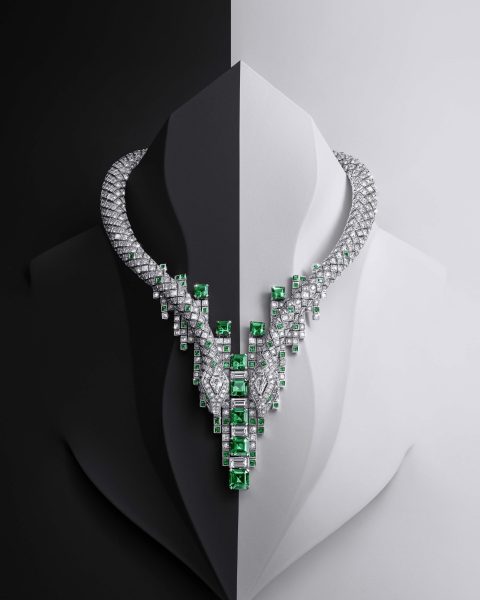
Another animal Cartier has used previously is the snake, also featured in the Nature Sauvage collection. The supple diamond reptile once adorned a necklace made for the actress Maria Felix in 1968. In this modern collection, it appears on the Amphista necklace, where two reptile heads slide along a geometry of square emeralds and kite, emerald and princess cut diamonds.
Designed for the Duchess of Windsor, the pink flamingo has become a heritage piece for the Maison.
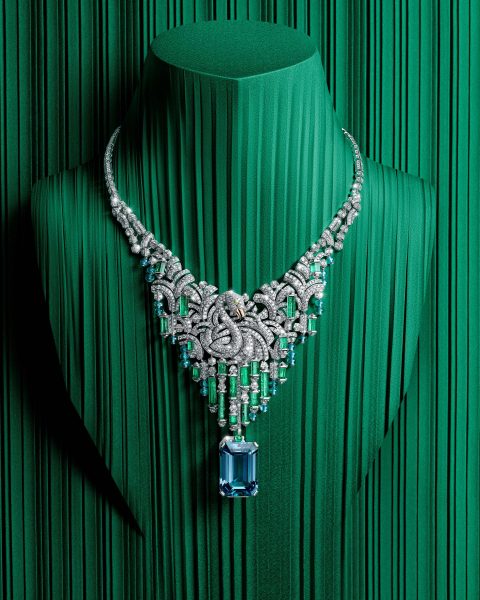
On the sumptuous Celestun necklace, it blends into a watery landscape drenched in diamonds and emeralds – the latter symbolizing reeds – holding an imposing glacier lake aquamarine weighing more than 38 carats. This majestic necklace took more than 1,000 hours to create.
The Cartier graphic charter
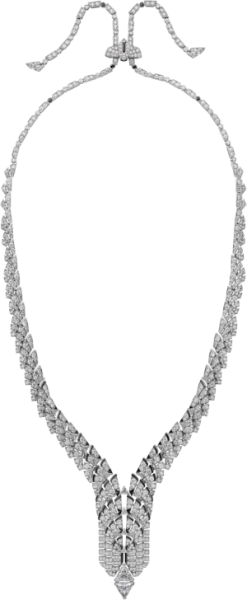
Color combinations form a real graphic charter for the Cartier universe. From greens, blues, reds and blacks, to flashes of onyx and aquamarine – not forgetting emerald eyes – the wide range of color pairings are familiar to anyone who has been keeping a close eye on the Maison’s creations over the decades. On the Alae necklace, a gleaming breastplate of light, the onyx points underline an architecture of diamonds evoking American skyscrapers. The entire set is made up of articulated diamond elements to ensure a perfectly smooth feel against the skin. The supple, streamlined body of the Tatsu dragon is more evidence of the immense craftsmanship on display. The combination of black and red – flashes of onyx and ruby – highlighting its scales has been an integral part of Cartier’s chromatic palette since the early 20th century.
A rigorous geometry typical of Art Deco radiates throughout the collection. More symbolic of Cartier than any other jeweler, this geometry is undoubtedly a major signature of the Maison, a benchmark of elegance that transcends all eras.
The shape of the necklaces is another strong sign of Cartier’s identity that can be found in all the pieces in this collection – with the bodies of the animals stretched out, embracing the neck or the hand – as is the presence of the major gems in the center, at the forefront, as if there to finish off the piece. The rigor of the style is also typically Cartier, geometric but infinitely feminine, fluid and light.
A commitment to nature
With Nature Sauvage, the Maison is reminding us that nature – particularly the natural habitat of animals – is one of its Responsibility promises. Cartier has made it its mission to protect the planet’s biodiversity and to positively impact the conservation of wild species, even going so far as to ‘rewild’ certain regions of Europe.
The new collection echoes this sustainability commitment further by highlighting exquisite diamonds and other natural gemstones that the Earth offers up as treasures.
